Trying to find birds in the thick of winter here in the Alps is not exactly easy. Tirol is covered in snow, and we don't have the influx of nordic/arctic birds that eastern Austria get. Well, that is not completely true, we do get a couple of winter visitors; mainly various ducks on the River Inn, but they are scarce and shy (but I did see a Goosander - Gänsesäger - a couple of weeks ago!).
We have had snow right down in to the Inntal for the past 5 weeks now, and the only birds I have in my garden are House Sparrows and Blackbirds (with the occassional Carrion Crow flying past).
So, last weekend I packed myself up early in the morning and headed up to one of my favorite birding areas - the Sellraintal.
It was quiet ...
too quiet...
(cue dramatic music)
reaching Kühtai, at the head of the Sellraintal, I parked alongside the Hochalterbahn chairlift station (where they have a sunflower seed bird feeder).
nothing.
I am starting to get used to this.
I set up my digiscoping setup anyway, as I am pretty sure something will show up eventually.
Hand freeze.
Toes wont move anymore.
But I am pretty sure something will show up.
(pleading voice)
Suddenly, 200+ snowfinches cirlcing overhead!
What an incredible sight.
Snowfinches everywhere.

All through Summer, I had scoured the high Alps looking for White-winged Snowfinches (Schneefinken, Montifringilla nivalis), but I only ever got fleeting glimpses of small groups as they darted about with their quick, direct flight. Trying to get photos of them - I think - would have been an exhausting and fruitless endeavour.
In Winter - it seems - they congregate in much larger flocks, particularly in areas where there is a dependable food supply. Kühtai itself is already at 2020m, and almost above the treeline, and I have rarely (if ever) seen snowfinches below this altitude, so it seems like (at least here) they tend to remain in the high mountains throughout the Winter, picking up whatever food bits they can. Besides feeding on the sunflower seeds at the bird feeder, I also saw smaller flocks of a couple dozen birds going down in to a little ravine / hollow where they seemed to be feeding on something on the ground.
You would think that with a couple hundred snowfinches about that it would not be that hard to take a decent photo. Well, I actually found it quite challenging. Perched, the snowfinch is a rather drab bird - it looks more like a house sparrow than a bird that I would make huge efforts to see. But, it is in taking off and landing that they flash their luminescent white wing and tail plumage and transform to a captivating bird of contrasts.
And so, I set myself the task of trying to capture them in take-off or landing. Well, easier said than done. It brought me to discover something I had not realised about them before - they are incredibly quick little birds. Their take-off speed is incredible and I have scores of photo series' where there are snowfinches in one frame and nothing in the next. In comparison to their wanna-be look-alikes, house sparrows are practically lazy and/or geriatric flyers.

The snowfinches left me captivated by their flight.We have had snow right down in to the Inntal for the past 5 weeks now, and the only birds I have in my garden are House Sparrows and Blackbirds (with the occassional Carrion Crow flying past).
So, last weekend I packed myself up early in the morning and headed up to one of my favorite birding areas - the Sellraintal.
It was quiet ...
too quiet...
(cue dramatic music)
reaching Kühtai, at the head of the Sellraintal, I parked alongside the Hochalterbahn chairlift station (where they have a sunflower seed bird feeder).
nothing.
I am starting to get used to this.
I set up my digiscoping setup anyway, as I am pretty sure something will show up eventually.
Hand freeze.
Toes wont move anymore.
But I am pretty sure something will show up.
(pleading voice)
Suddenly, 200+ snowfinches cirlcing overhead!
What an incredible sight.
Snowfinches everywhere.

All through Summer, I had scoured the high Alps looking for White-winged Snowfinches (Schneefinken, Montifringilla nivalis), but I only ever got fleeting glimpses of small groups as they darted about with their quick, direct flight. Trying to get photos of them - I think - would have been an exhausting and fruitless endeavour.
In Winter - it seems - they congregate in much larger flocks, particularly in areas where there is a dependable food supply. Kühtai itself is already at 2020m, and almost above the treeline, and I have rarely (if ever) seen snowfinches below this altitude, so it seems like (at least here) they tend to remain in the high mountains throughout the Winter, picking up whatever food bits they can. Besides feeding on the sunflower seeds at the bird feeder, I also saw smaller flocks of a couple dozen birds going down in to a little ravine / hollow where they seemed to be feeding on something on the ground.
You would think that with a couple hundred snowfinches about that it would not be that hard to take a decent photo. Well, I actually found it quite challenging. Perched, the snowfinch is a rather drab bird - it looks more like a house sparrow than a bird that I would make huge efforts to see. But, it is in taking off and landing that they flash their luminescent white wing and tail plumage and transform to a captivating bird of contrasts.
And so, I set myself the task of trying to capture them in take-off or landing. Well, easier said than done. It brought me to discover something I had not realised about them before - they are incredibly quick little birds. Their take-off speed is incredible and I have scores of photo series' where there are snowfinches in one frame and nothing in the next. In comparison to their wanna-be look-alikes, house sparrows are practically lazy and/or geriatric flyers.

And their colour definately added to the spectacle.
What gorgeous creatures.
How lovely to be alive.
So, it seems, there are some Winter birding opportunities in the Tirolean and Austrian Alps - you just have to work a little harder for them.
[See other White-winged Snowfinch posts here]
Happy (Winter) birding
Dale

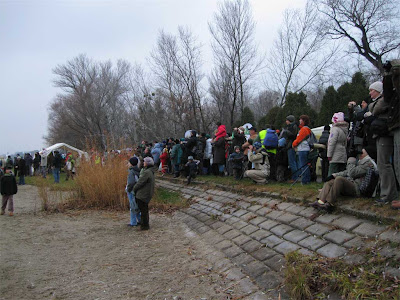


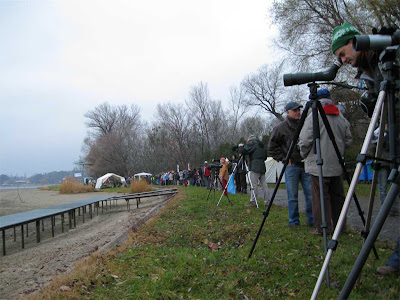
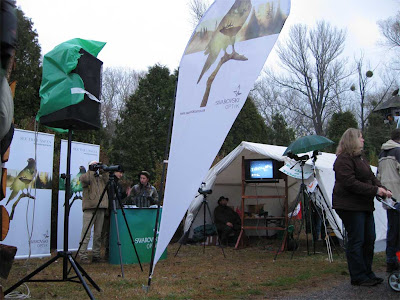


















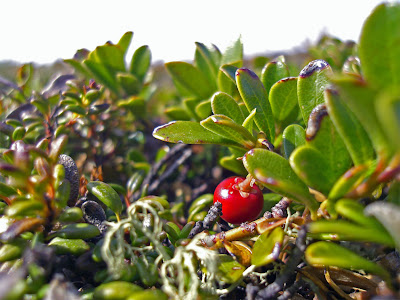

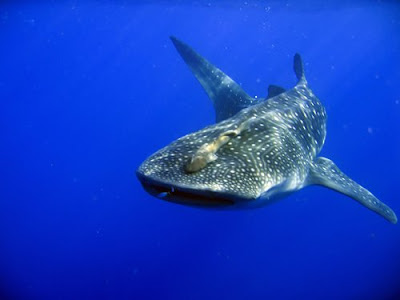











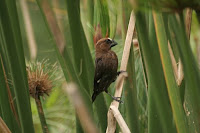
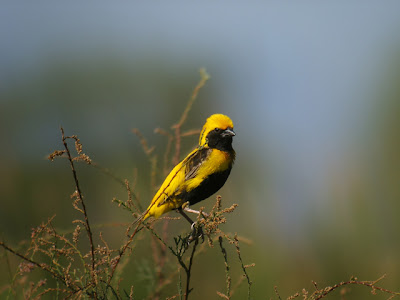



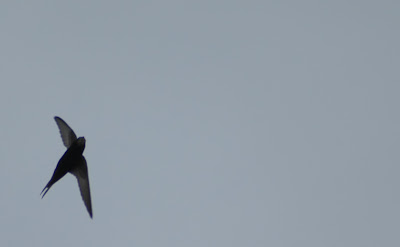

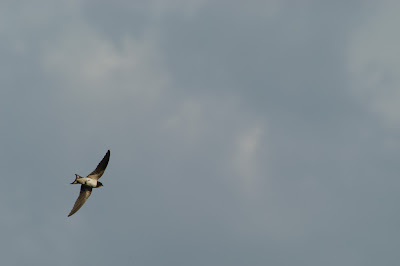















.jpg)



